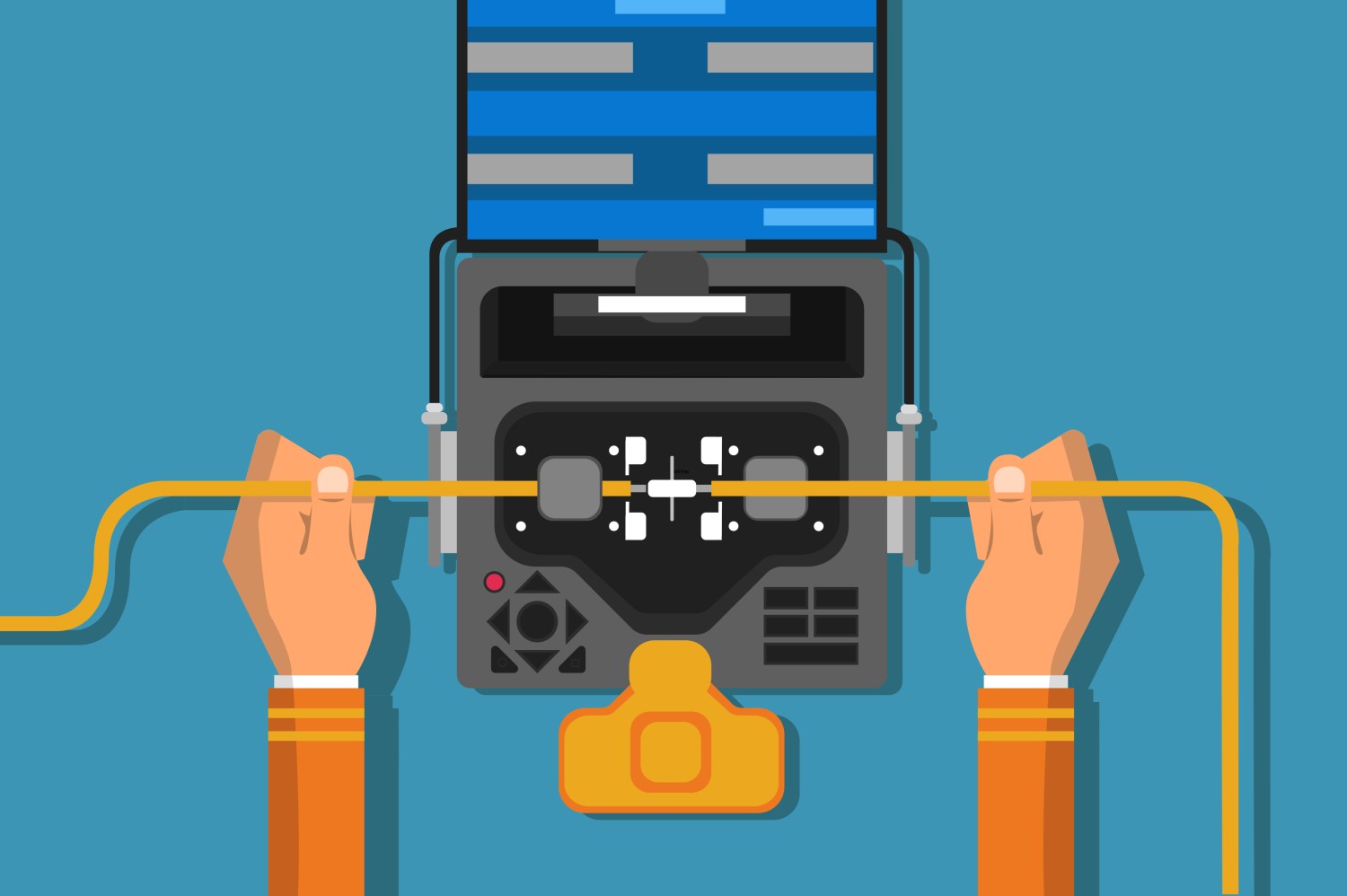In the realm of telecommunications, fiber optic cables serve as the arteries of modern communication, efficiently channeling vast amounts of data across extensive distances at the speed of light. However, just as a river must sometimes be diverted or joined with another stream, the integrity and continuous flow of these fiber optic pathways rely on a critical process known as splicing. In this exploration, we shall dissect the concept of a splice within the context of fiber optic cables, unveiling its significance, methodologies, and the aesthetic elegance of optical continuity.
To embark upon this journey, it is imperative to first conceptualize what constitutes a fiber optic cable. These cables consist primarily of thin strands of glass or plastic fibers, each capable of transmitting light signals that are modulated to convey information. As a metaphorical tapestry woven from shimmering threads of light, these fibers enable instantaneous communication across vast landscapes. Yet, just as a tapestry may fray, necessitating careful repair, fiber optic cables may experience disruptions that require splicing to maintain their functional integrity.
But what exactly is splicing? At its essence, splicing refers to the process of joining two optical fibers together to create a continuous medium for light transmission. This process is critical in various scenarios, such as when extending a cable during installation, repairing damage, or changing the direction of transmission. The intent behind splicing is to ensure minimal attenuation—the loss of signal strength—by aligning the fibers so that light passes seamlessly from one to the other.
Fundamentally, splicing can be categorized into two primary methodologies: fusion splicing and mechanical splicing. Each method possesses unique characteristics and applications, akin to distinct styles of artistry that bring the same concept to life through different techniques.
Fusion splicing embodies the alchemy of transformation, wherein two prepared fiber ends are subjected to an intense heat source, fusing them into a singular entity. This meticulous process requires precision; the fibers are cleaved to create a flat surface, and then aligned with exacting accuracy before the application of heat. The result is a splice that exhibits minimal signal loss, as the refractive index remains consistent across the splice junction. In a world where clarity and fidelity are paramount, fusion splicing stands as the gold standard, akin to a master artist aligning brush strokes to create a flawless canvas.
On the other hand, mechanical splicing offers an alternative that, while perhaps lacking the finesse of fusion splicing, does not shy away from its own merits. This technique utilizes an alignment fixture to join the fiber ends, securing them with a refractive index matching gel or adhesive. While mechanical splicing may introduce slightly higher optical loss compared to its fusion counterpart, it has the advantage of speed and simplicity, much like a painter quickly sketching an outline before filling it in with color. In environments where expediency is essential, mechanical splicing provides a reliable solution without the need for specialized equipment to melt the fibers.
The methodology chosen for splicing often reflects the specific demands of the installation. For instance, in long-haul applications, where the distance the light must travel is substantial, fusion splicing’s lower loss characteristics render it the preferable choice. Conversely, in temporary setups or in situations requiring rapid deployment—such as during disaster recovery or emergency repairs—mechanical splicing may suffice, offering efficiency without detracting from the reliability of the connection.
Beyond methodology, the very act of splicing resonates with deeper implications in the tapestry of global communication networks. The connection points created through splicing are not mere technical junctions; they symbolize collaboration and connectivity between individuals, ideas, and cultures. Each fiber that is spliced represents a link in a broader network, reflective of the interconnectedness that characterizes the contemporary digital landscape.
Furthermore, the artistry of splicing extends into realms beyond raw connectivity. Skilled technicians are akin to artisans, employing a combination of scientific principles and tactile finesse to achieve a flawless connection. The visual appeal of a well-executed splice—a precise, glassy join with minimal light loss—is a testament to the confluence of science and craftsmanship. It is an intersection where physics meets art, resulting in a connection that is both functional and aesthetically pleasing.
Yet, the allure of splicing transcends the technical. In a world increasingly reliant on fiber optics for communication and connectivity, the implications of splicing resonate on a societal level. The seamless transfer of information, enabled by spliced fibers, fosters collaboration, economic growth, and cultural exchange across borders. It is an embodiment of shared human experience, reflecting how technology can unite disparate voices into a harmonious dialogue.
However, the journey does not conclude with the joining of fibers. Regular inspection and maintenance of spliced connections become paramount to ensure continued efficacy in data transmission. This maintenance parallels the attentiveness required in any relationship; nurturing and sustaining the connection ensures longevity and health. Failure to address potential issues can result in the deterioration of optical performance, much like neglecting the care of a precious work of art that begins to fade with time.
In summation, the splice in fiber optic cables is a critical phenomenon that embodies both technical precision and human ingenuity. A process that merges two distinct paths into a seamless conduit of light, splicing serves as a metaphor for the connections that underlie our modern civilization. As we navigate an increasingly interconnected world, the significance of splicing—and the artistry it entails—will only become more pronounced, illuminating the path forward in our quest for efficient and effective communication.












